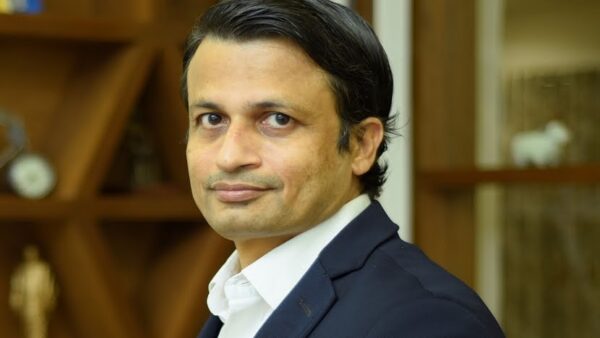Design thinking for manufacturing transformation

COVID-19 pandemic has accelerated the digitalization process for organizations, and board members are under immense pressure to keep pace with the changing times. Digital is not an option now but it’s a necessity as companies having digital solutions in place are better prepared to face the current challenges. Such a level of transformation will need a structured approach to understand real challenges and that’s why design thinking has become a go to methodology for the forward-looking organizations.
In the current scenario, operational leaders are not sure about the workforce availability, in addition they need to ensure all the social distancing and safety protocols are followed. There are also question marks about the availability of key raw materials to ensure timely deliveries. Managing these challenges are not easy as leaders will have to restructure the internal processes to run their operations under these new constraints. It’s good to see majority of the manufacturing enterprises preparing for future by discussing digital journey in board meetings. But still many of them are stuck as they have a question where to start and how to start.
Design Thinking is a human-centric problem-solving approach that can help us uncover the real challenges and prioritize them to pick the areas that are more critical for digitization. This is based on three principles – desirability, feasibility and viability which means any change in process or product needs to be desirable for user, it should be technically possible and economically viable for the business.
There are two variants of design thinking methodology but it is essentially all about understanding user pain points, defining problem statement from an outside point of view, ideating multiple ways to solve the problem, building prototypes and validating them through users.
At each stage of design thinking, there are range of tools, that helps the team in execution. Empathy and customer journey map are very useful for understanding the real issues users or customers have, which leads to laying out hypothesis with help of another tool, HMW (How Might We). Brainstorming for the possible solutions is a good way to bring up divergent views to ensure no idea is left behind and then get to converge to come up with list of high priority actions. Shortlisted ideas are converted to prototypes starting from low fidelity one to ensure we don’t go too far if the idea was not the right one. User validation is extremely critical here as it ensures solution will be accepted by them post implementation. Another important aspect of design thinking is that it is an iterative model as it goes through several cycles of refining and optimization of the solutions.
While this all sounds simple straight forward but it is not easy as it needs experience of running this process in the context of domain. This is definitely not a quick way to make things happen as there are no shortcuts here. It will also involve forming a multi-disciplinary team to work together versus traditional approach of multiple functional teams working in silos and then coming together. More importantly it is all about practicing. Several companies globally have evolved their process and products with the help of Design Thinking and are reaping the benefits of the same.
When it comes to using design thinking in transformation, let me give an example of how this helped a cement manufacturing company. They had strong interest in adoption of digital solutions to improve efficiency and productivity in plants. Their approach was to pick up multiple functions in operations and keep improving processes through automations. While this was working and there were good things to showcase as an outcome but still if we consider holistically, it looked like just the incremental improvement and not the transformation. We worked with them and did design thinking workshop by bringing together leaders and employees from all departments, it was fascinating to see number of ideas that came forward out of which some of them were absolutely out of the box. Company is now in the process of doing proof of concepts for the selected ideas which will go through few iterations and validation before moving forward with full scale deployment
NASSCOM CoEs Gandhinagar centre has been working closely with manufacturing enterprises across verticals to accelerate the adoption of digital solutions which essentially comes under Industry 4.0. We have created India’s largest ecosystem for driving innovations in manufacturing by bringing together users’ companies, technology enterprises, deeptech start-ups and academia under one platform FUSION 4.0. Design Thinking is our way to guide companies who are looking to move forward on their digital journey and it is showing results.
We invite you to be part of this ecosystem, write to us at smartmanufacturing@nasscom.in to know more about our initiatives for manufacturing sector.
Amit Saluja is Senior Director and Head of NASSCOM – Gandhinagar Centre of Excellence.

